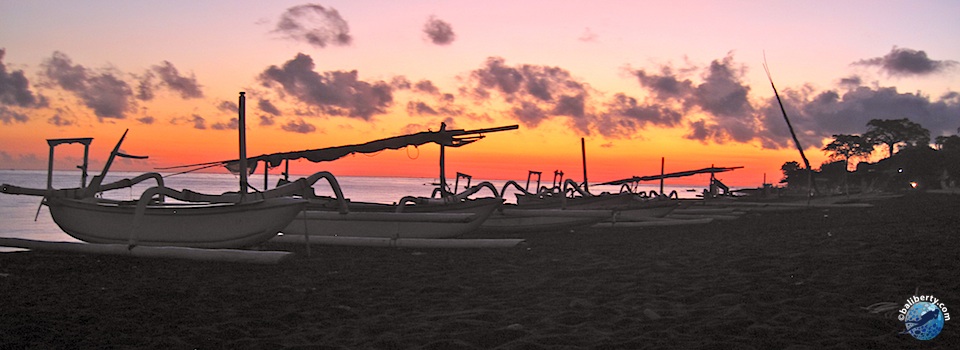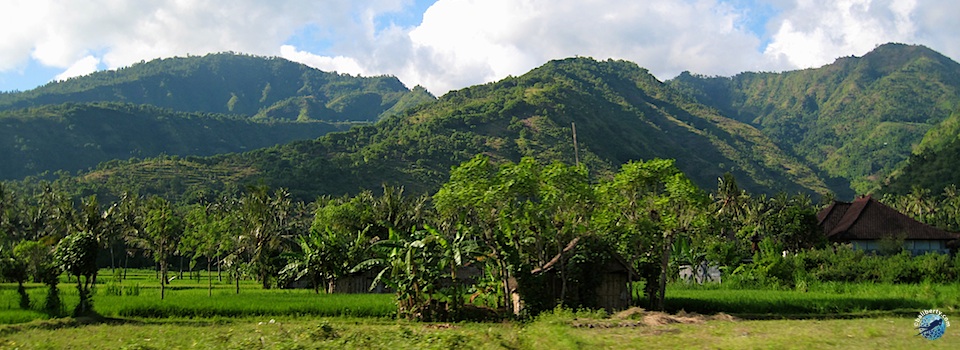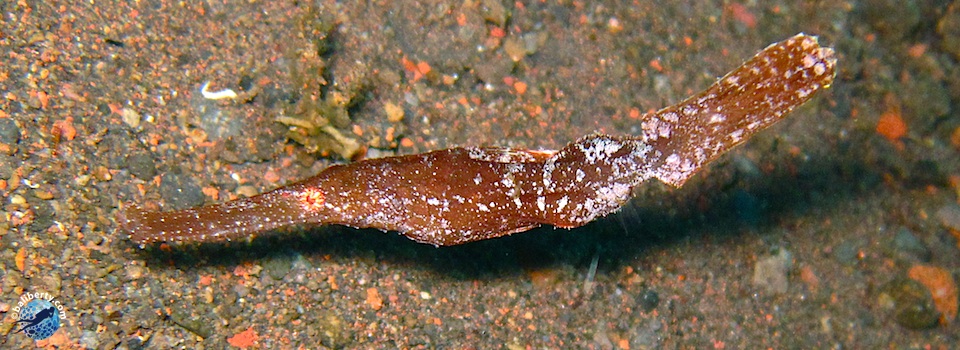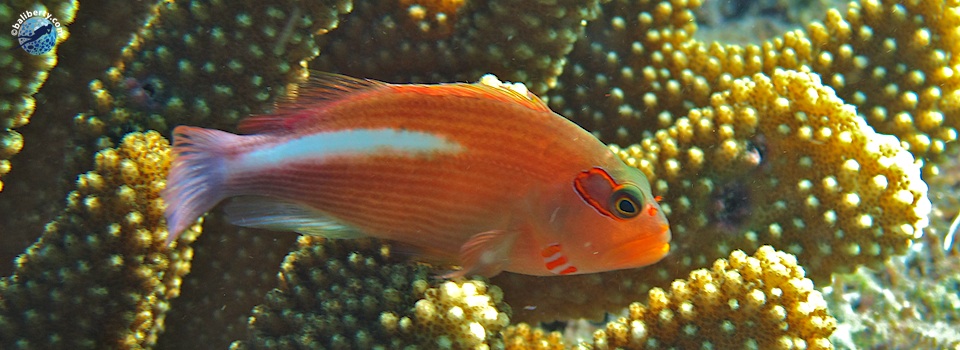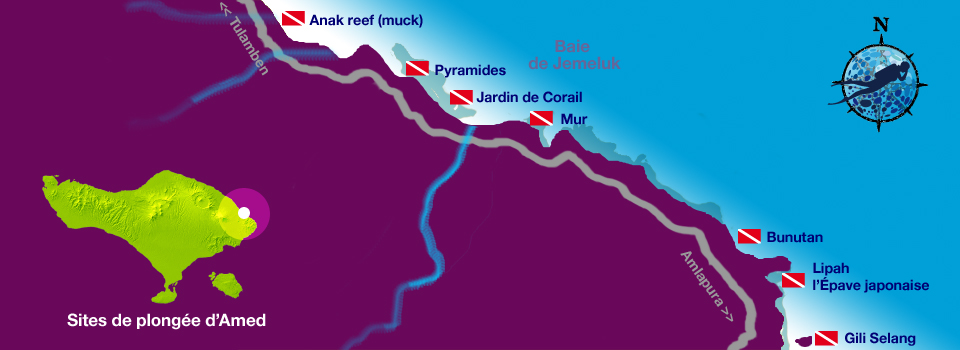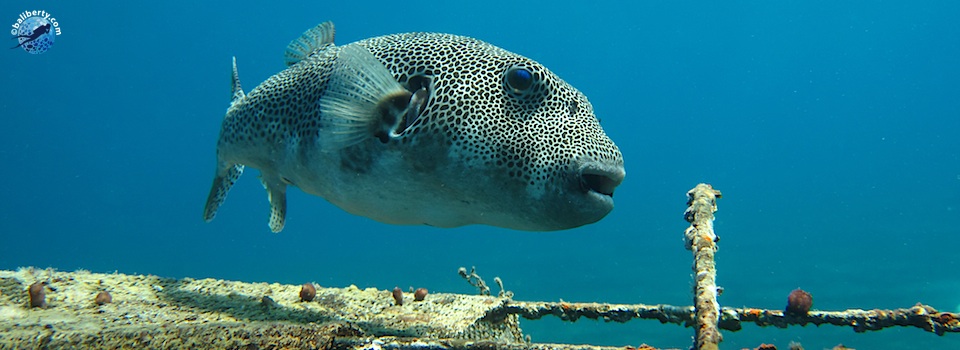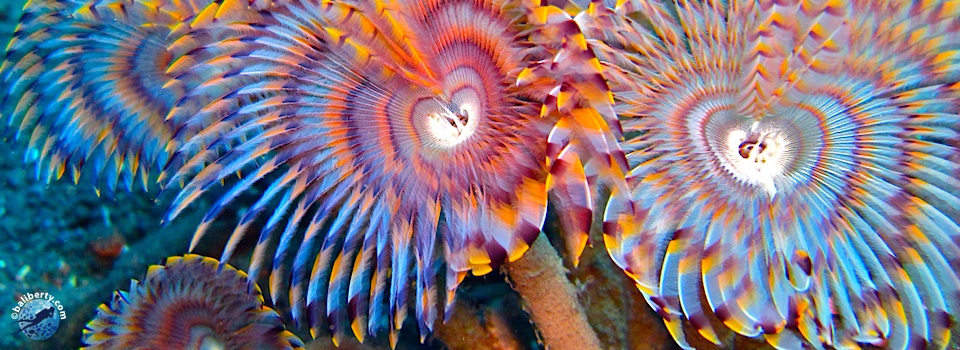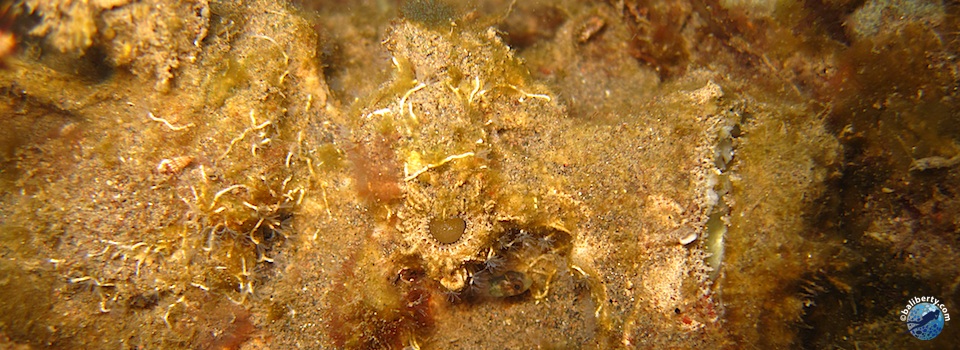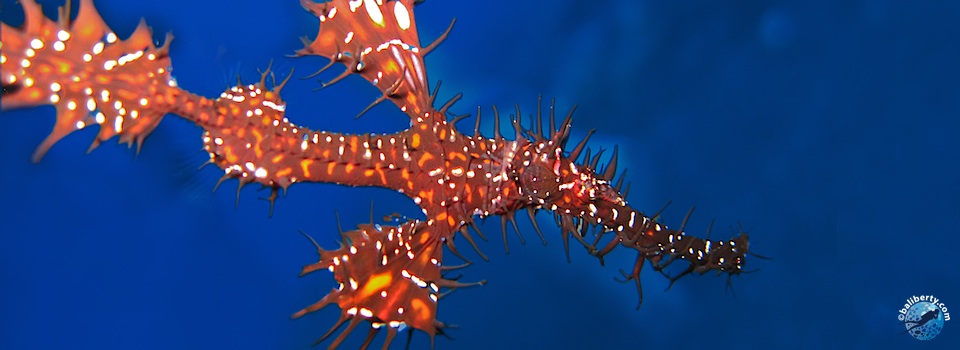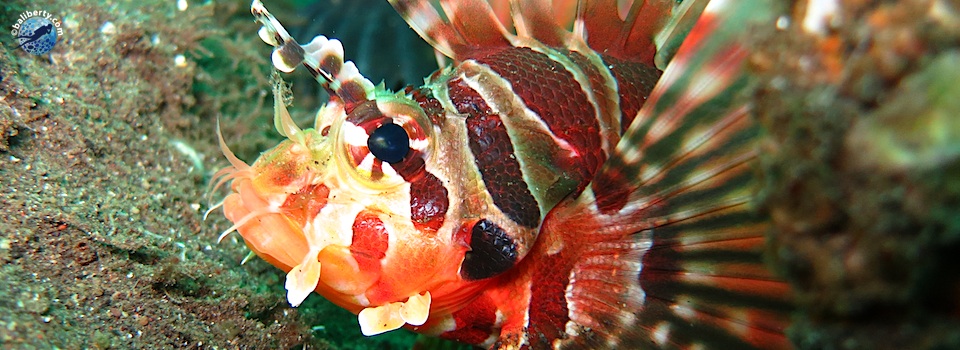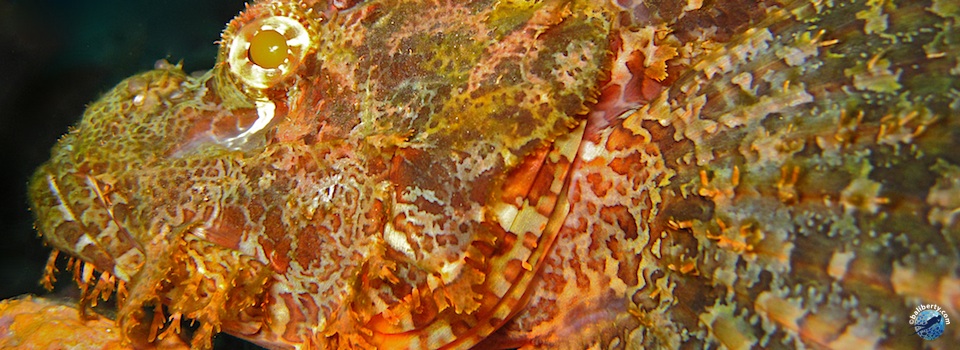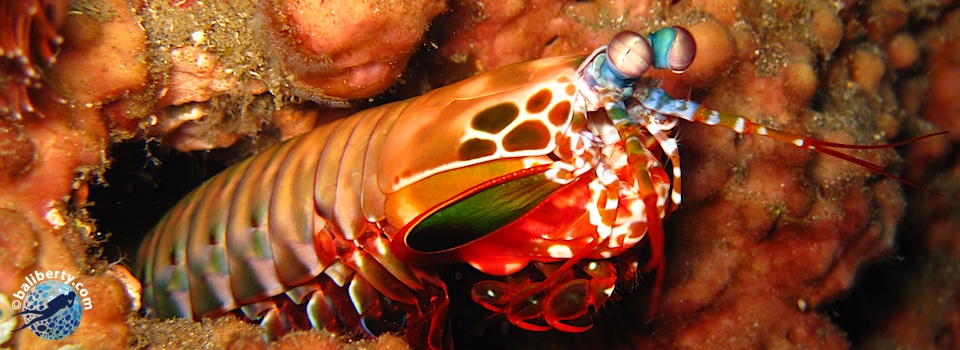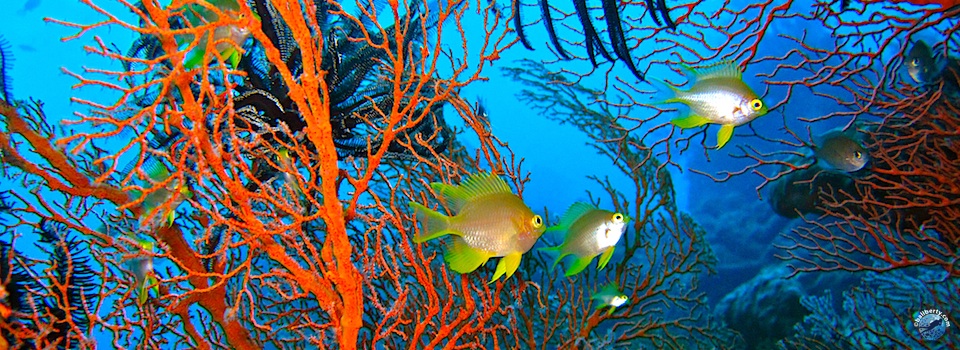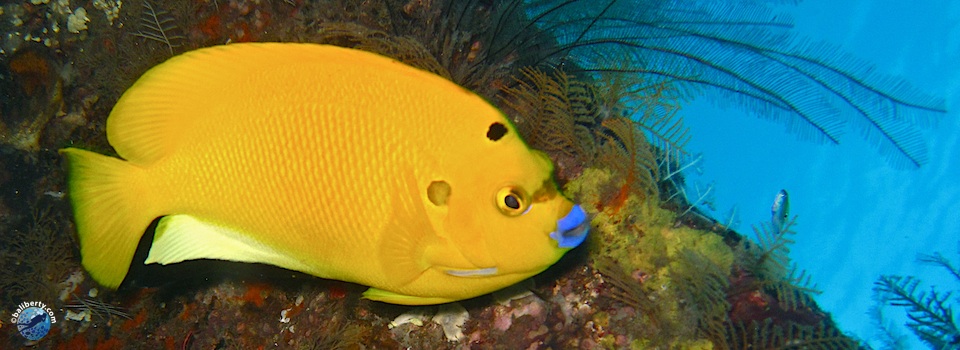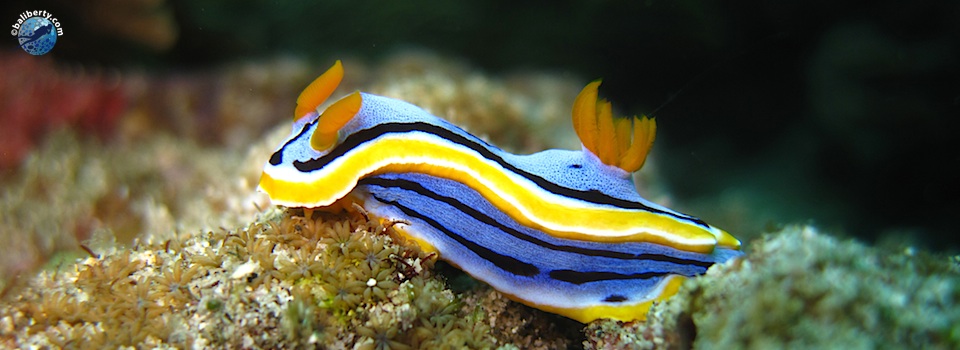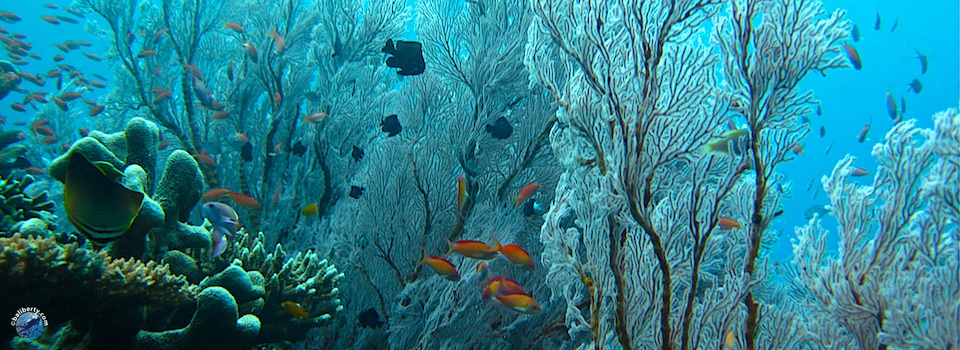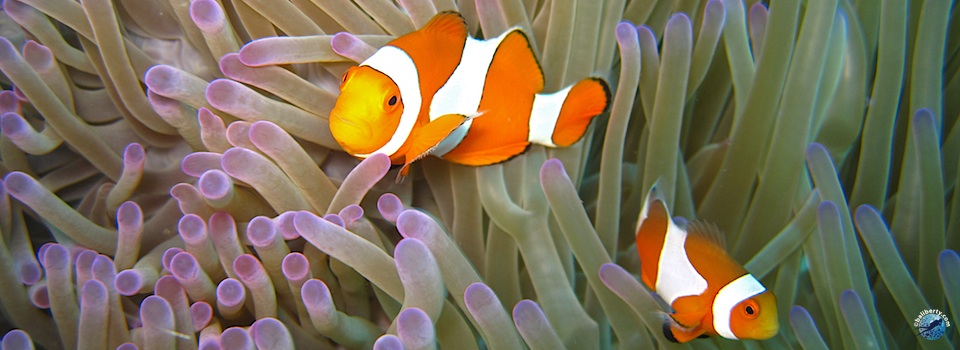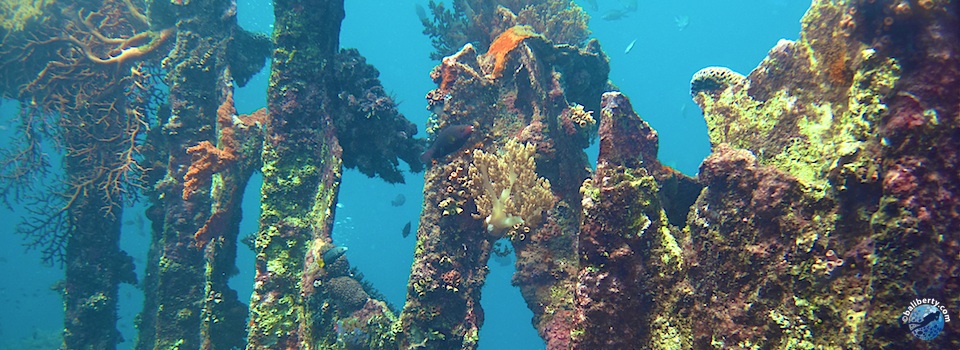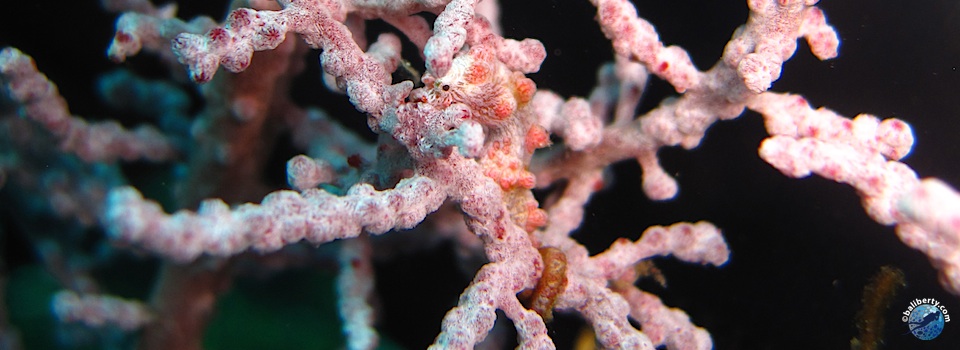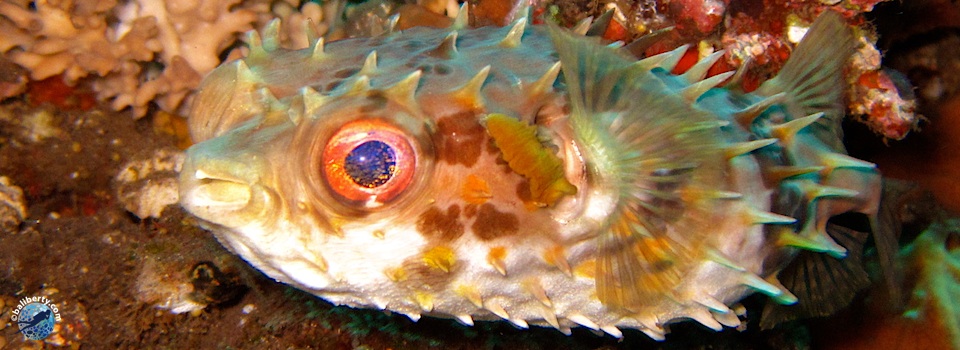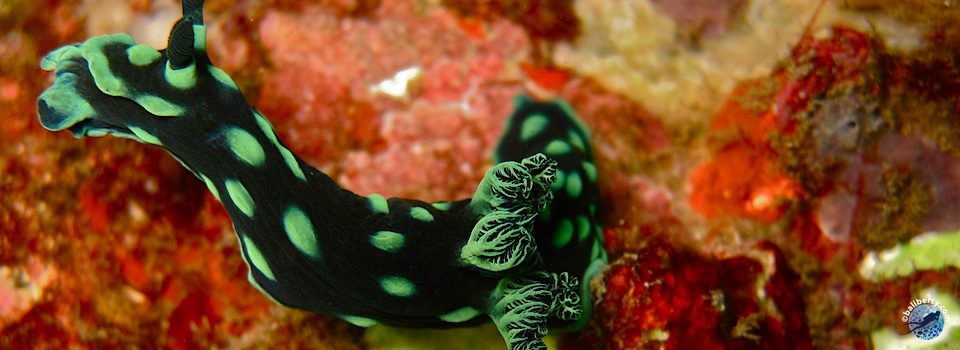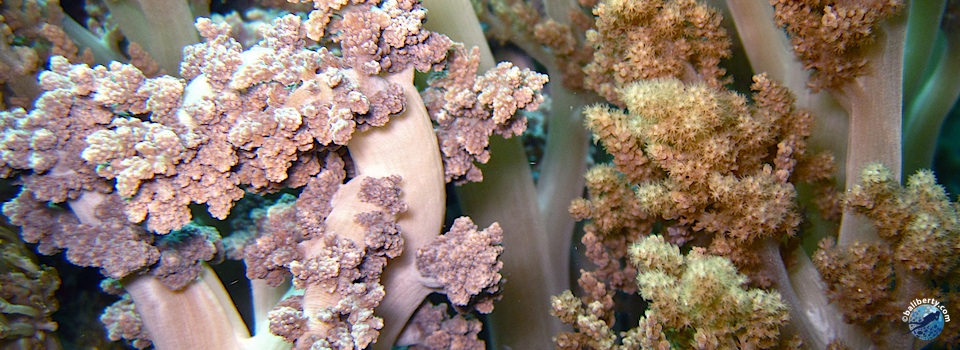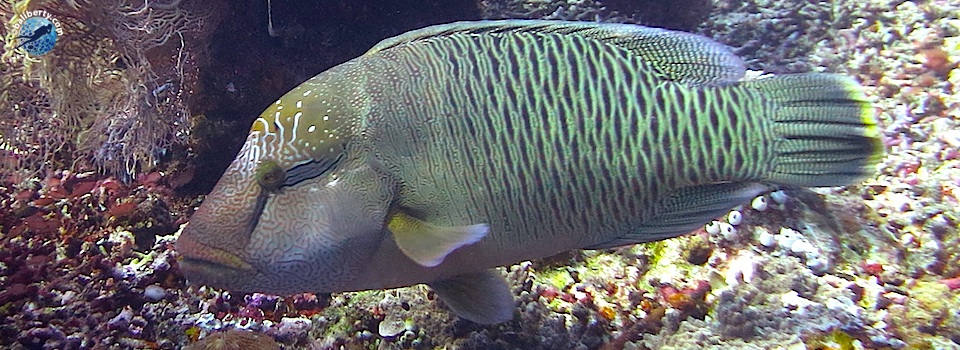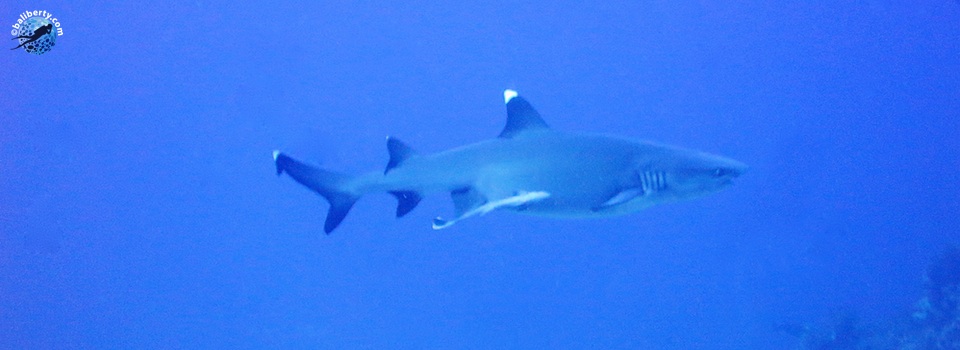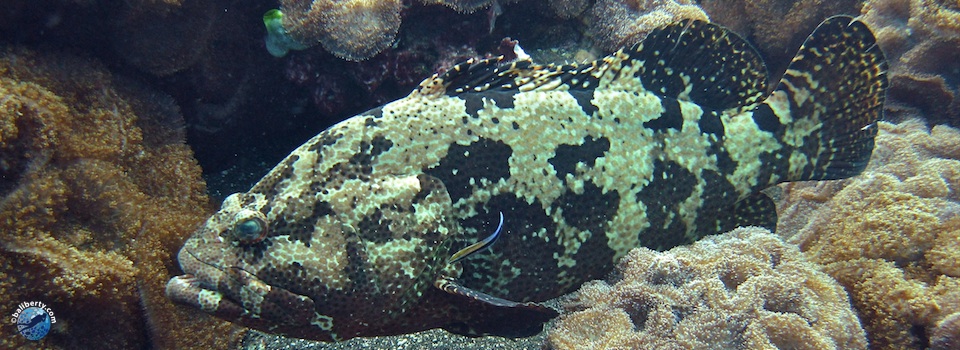- Home
- Dive sites
- Amed
AMED
Location : On the North-Eastern Balinese coast, 2hrs drive from Sanur and 20 mns from Tulamben.
Contemplate the lovely black sand beach from one of the many bars, hotels and restaurants situated on a larger and more populated area than Tulamben.
As a fisherman village, Amed is well known for its local salt production which is why you will find man made tree trunk structures helping with the water evaporation process.
In 1998, “El Nino” (Southern Climatic Oscillation) played a critical role in the bleaching of corals caused by the warming of the Bay of Jemeluk waters.
Although the reef is slowly recovering, we can only speculate as to when it will get back to its former glory.
Sheltered from winds, waves and thus devoid of current, the bay provides a safe diving environment allowing for easy access to the water from the shore.
Whether you are a beginner or an experienced diver, if you have a passion for macro photography you will be seduced by Amed.
Be aware that the water temperature may be affected by thermoclines.
Anak reef (macro-muck)
Type: macro, photography
Minimum level: Open Water
Depth: 3 to 28 m
Current: nul to medium
Visibility: 15 to 25 m
Access: shore dive
Remarks: dark sand beach, artificial structures
Are you a cold blooded diver ?
After a slow descent along the sandy slopes you will reach the bottom to find ropes and artificial structures made of metal and concrete, nothing too scary?! Think again!
Hidden in the sand, blue-spotted sting rays as far as the eye can see ; underneath the concrete blocks, stonefish and moray eels ; hovering, scorpion-fish and ghost fish ; invisible, razor fish ; close to shore, seahorses and soles.
Buoyancy control is of the utmost significance so you stay clear of the local fauna.
Fauna: stone fish, seahorse, ghost fish, scorpion fish, rays, syngnathes, nudibranche, razor fish, puffer fish, porcupine fish, soles, eels, shrimps.
What you should know: Off the beaten track, this site offers a rich and original spectacle for those who dare to look.
Jemeluk: through the pyramids, from the coral garden to the wall
Type: Discover Scuba Diving, macro, deep, snorkelling
Minimum level: all
Depth: 3 to 40 m
Current: nil to medium
Visibility: 15 to 25 m
Access: shore dive
Remarks: dark sand beach, coral reef, wall, artificial structures
After Tulamben, this is the next “must see” coral garden in the area.
The diversity of the flora and fauna (corals, fish, sponges and gorgonians) creates an amazing and colourful environment at shallow depths.
Deeper, artificial structures (pyramids) are host to a multitude of species: frog fish, sygnathes, ghost fish, conger, sharks and barracudas.
Further out, passed the Pyramids, the descent along the wall starts at 10m all the way to 35m. Amongst the local residents you will see white tip sharks, napoleons, jacks, butterfly fish and fusilers. Following the wall, a steep ridge reveals a rich density of coral, sponges, gorgonians, “comatules”.
Fauna: triggerfish, stonefish, black-tip sharks, scorpion-fish, angelfish, clownfish, nudibranches, parrotfish.
The Japanese Wreck (Lipah)
Type: macro, deep dive, photography, snorkelling
Minimum level: all
Depth : 3 to 40 m
Current : nil to medium
Visibility : 15 to 25 m
Access : shore dive
Remarks : beautiful coral reef
Sheltered in a quiet bay 3 km South-East of Amed, the Japanese vessel (20m long) lies at 12m (6m-top) between a colourful coral reef and a sandy slope.
Whilst the bay is protected on either side, it can still be affected by waves and currents reducing the visibility.
Following the reef, around 40m, schools of barracudas, damsels and anthias.
Although unlikely, beware of unexpected currents as you leave the reef.
Fauna: seahorses, nudibranches, scorpion-fish, apogons, puffer-fish, porcupine-fish, barracudas.
GILI SELANG
Type: deep dive, drift dive, photography
Minimum level: experienced
Depth: 3 to 40 m
Current: medium to strong (multi-directional)
Visibility: 15 to 25 m
Access: boat dive
Remarks: beautiful coral, impressive wall
Located at the most eastern point of Bali, this small island is subjected to strong and unexpected currents (experienced divers only).
To the north, sandy slopes are decorated with hard and branchy corals.
The deepest parts of the slopes are protected and offer shelter for feather stars, soft coral, sponges and large coral bushes ; white-tip sharks and hump-head parrotfish are often present too.
As you dive to the south, you will be presented with great visibility but confronted with strong currents and past 18m the slopes become a rocky wall.
You will have to swim West towards Bali in order to exit the currents and, on your way, witness a beautiful and colourful healthy coral reef fitted with eels, trevallies and schools of fish.




